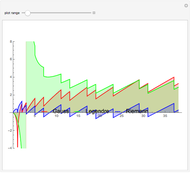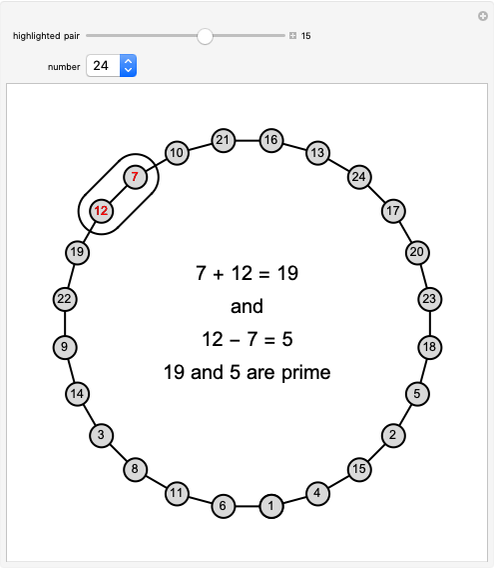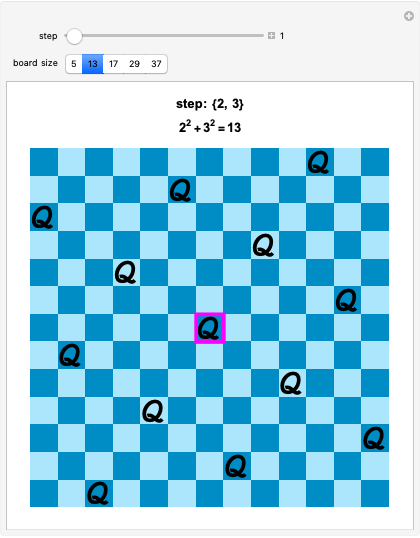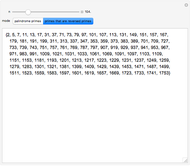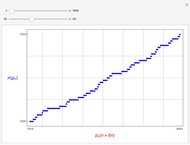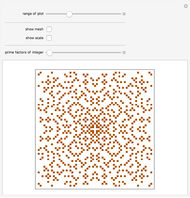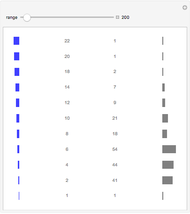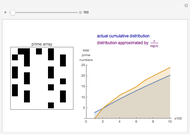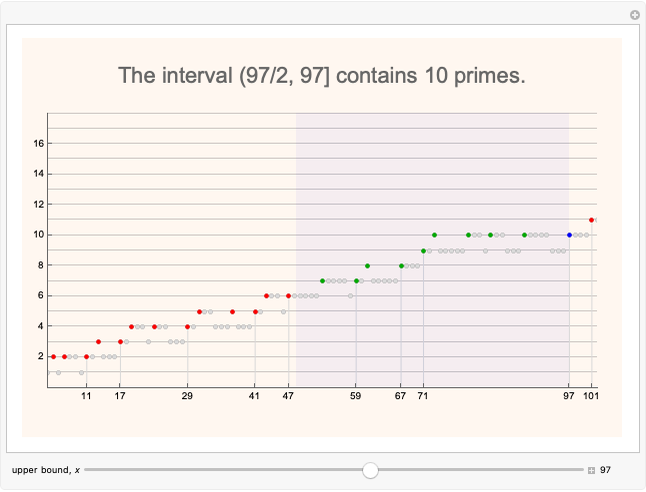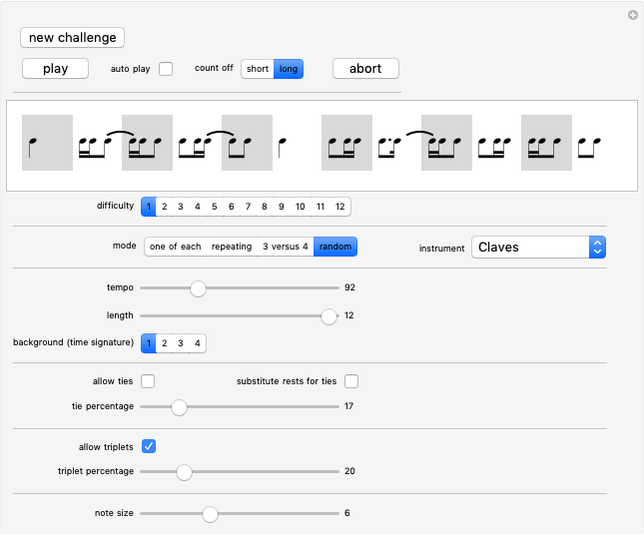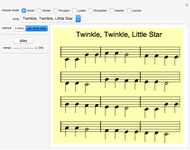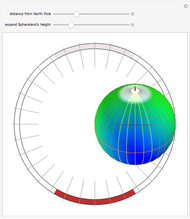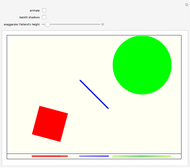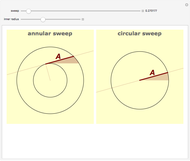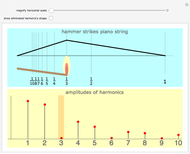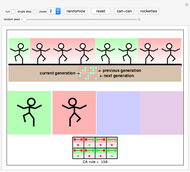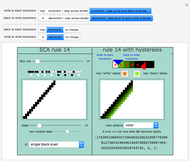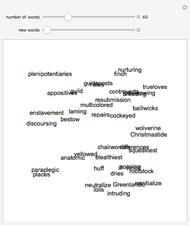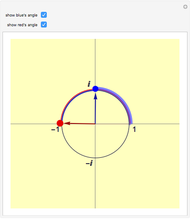Ramanujan Primes

Requires a Wolfram Notebook System
Interact on desktop, mobile and cloud with the free Wolfram Player or other Wolfram Language products.
The  Ramanujan prime is the smallest positive integer
Ramanujan prime is the smallest positive integer  , such that if
, such that if  , then the interval
, then the interval  \:2000contains at least
\:2000contains at least  primes. This Demonstration plots the tally of primes in the interval
primes. This Demonstration plots the tally of primes in the interval  against the upper bound
against the upper bound  of the interval. The Ramanujan primes
of the interval. The Ramanujan primes  are labeled on the
are labeled on the  axis. Notice the tally of primes increases only when the upper bound
axis. Notice the tally of primes increases only when the upper bound  moves from a composite integer to a prime integer.
moves from a composite integer to a prime integer.
Contributed by: John Kiehl (June 13)
Open content licensed under CC BY-NC-SA
Details
300 BCE Euclid proved in his work Elements (Book IX, Proposition 20) that there is an infinite number of primes; that is, there is no greatest prime. In 1845, Joseph Bertrand made the observation that in any interval  there is always at least one prime. In 1919, Ramanujan refined Bertrand's observation by proving there is a steady (but not monotonic) increase in the tally of primes in the intervals
there is always at least one prime. In 1919, Ramanujan refined Bertrand's observation by proving there is a steady (but not monotonic) increase in the tally of primes in the intervals  as
as  increases. Ramanujan said even more: while the tally of primes jitters around a bit—as seen by the rough contour of this plot—you can always identify that point in the integers where going forward the tally of primes is never less than some value. That point is always a prime, and collectively these points are known as the Ramanujan primes.
increases. Ramanujan said even more: while the tally of primes jitters around a bit—as seen by the rough contour of this plot—you can always identify that point in the integers where going forward the tally of primes is never less than some value. That point is always a prime, and collectively these points are known as the Ramanujan primes.
The On-line Encyclopedia of Integer Sequences (OEIS) lists the Ramanujan primes at [1]. The sequence starts 2, 11, 17, 29, 41, 47, 59, 67, 71, 97, 101, 107, 127, 149, 151, 167, 179, 181, ….
About 46% of primes less than 19,000 are Ramanujan primes.
About 15% of primes less than 19,000 are the lesser of twin primes.
About 78% of the lesser of twin primes less than 19,000 are Ramanujan primes.
About 26% of the Ramanujan primes less than 19,000 are the lesser of twin primes.
Snapshots 1 and 2: Highlight the first two consecutive Ramanujan primes,  and
and  , which are also consecutive regular primes,
, which are also consecutive regular primes,  and
and  . Integer sequence A189993 in the OEIS lists the longest runs of consecutive regular primes that are Ramanujan primes up to
. Integer sequence A189993 in the OEIS lists the longest runs of consecutive regular primes that are Ramanujan primes up to  for
for  .
.
Snapshot 3: primes 73, 79, 83, 89 all fail to be  , which is a privilege reserved for
, which is a privilege reserved for 
References
[1] J. Sondow. The On-Line Encyclopedia of Integer Sequences. (Apr 19 2023) oeis.org/A104272.
[2] J. Sondow, J. W. Nicholson and T. D. Noe, "Ramanujan Primes: Bounds, Runs, Twins, and Gaps," Journal of Integer Sequences, 14, 2011 Article 11.6.2. cs.uwaterloo.ca/journals/JIS/VOL14/Noe/noe12.html.
Snapshots
Permanent Citation












